Introduction

Have you ever stood in a bustling commercial district and been attracted by those colorful and dynamically changing LED display screens? Or, when watching a concert, you were shocked by the huge stage background screen? LED display screens, the crystallization of modern technology, have quietly penetrated into every corner of our lives. Are you curious about what kind of calculations and considerations are hidden behind these amazing display effects?
Imagine if we want to customize an LED display screen for a large event, how to determine its size, brightness, and power? How to ensure that it is still clearly visible at a long distance while effectively controlling costs? These problems are inseparable from a series of carefully designed calculation formulas. They are like the “invisible pushers” behind the LED display screen, silently supporting the presentation of every visual feast.
In the following content, we will reveal the answers one by one, take you into the mysterious world of LED display screens, and explore the mysteries hidden behind the numbers. Let us unveil the mystery of the calculation formula of LED display screens together!
1. Calculation formula of return on investment
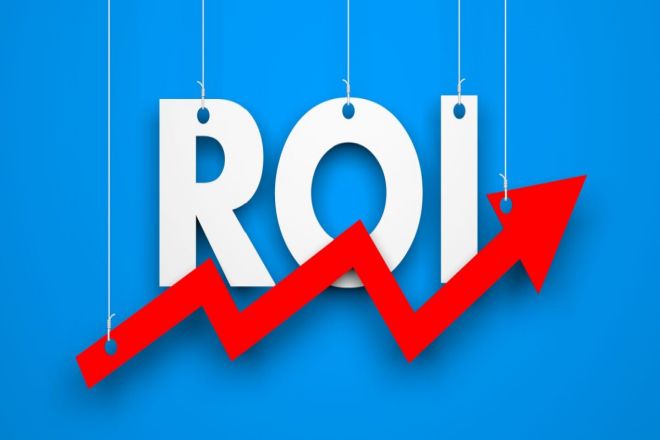
The calculation formula of return on investment (ROI) of LED display usually follows the calculation method of general return on investment; that is, it is based on the ratio of annual profit or average annual profit obtained by the investment project to the total investment. Specifically for the investment of LED display, its calculation formula can be expressed as:
Return on investment (ROI) = (annual profit or average annual profit / total investment) × 100%
The “annual profit or average annual profit” here refers to the net profit generated by the LED display project within one year or on average each year, which may include but is not limited to the rental income, advertising income, event sponsorship income, etc. of the display, minus the net income of operating costs (such as electricity, maintenance fees, depreciation, etc.).
The “total investment” refers to the total funds invested in the purchase, installation, and maintenance of the LED display, including the purchase cost, installation cost, transportation cost, taxes, and possible financing costs of the display itself.
It should be noted that the calculation of the return on investment of the LED display may be affected by many factors, including but not limited to:
- Specifications and quality of the display:
The prices of LED displays of different specifications and qualities vary greatly, which has a direct impact on the total investment and subsequent operating costs.
- Application scenarios and market demand:
The application scenarios of display screens (such as commercial blocks, stadiums, traffic arteries, etc.) and market demand determine their profit potential and profit margins.
- Operation management level:
Efficient operation management can reduce operating costs and improve the utilization rate and profitability of display screens.
- Market competition and pricing strategy:
The intensity of market competition and the formulation of pricing strategies will also affect the profitability and return on investment of display screens.
Therefore, when calculating the return on investment of LED display screens, it is necessary to comprehensively consider the above factors and conduct specific analyses in combination with actual conditions.
At the same time, since the return on investment is time-sensitive and is usually calculated based on data from a specific year when evaluating long-term investment returns, it is also necessary to consider the impact of market changes, technological progress, and other factors on the return on investment.
In addition, for LED display screen investments in certain special cases (such as government subsidy projects, public welfare projects, etc.), the calculation of the return on investment may need to consider more non-economic factors, such as social benefits, environmental benefits, etc.
In these cases, the calculation method and standard of the return on investment may be different.
2. Calculation formula for the number of modules used in LED display
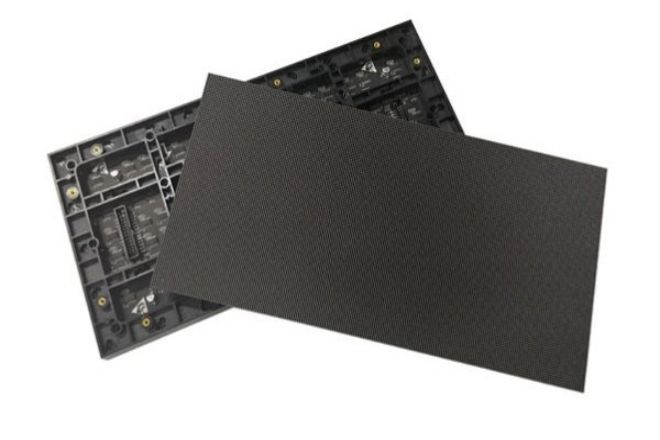
1). Basic formula
Number of modules used = (width of screen/width of module) * (height of screen/height of module)
2). Detailed calculation steps
- Determine the width and height of the LED display to be installed
The length and height of the LED display are determined by the buyer’s plan, usually in meters (m), so be sure to confirm the width and height with the buyer before starting the calculation.
- Determine the length and height of the module
The length and height of the module are determined by the specifications of the module itself, usually in centimeters (cm) or millimeters (mm).
- Start calculation
Be sure to pay attention to the unit conversion in the calculation, such as meters and centimeters
Note: The result may need to be rounded to the nearest integer because the module cannot be divided for use.
3). For example
If a customer needs to install a 5-meter-long and 3-meter-wide LED display, how many modules do they need to calculate?
First, determine the width and height of the module, assuming that it is 250 mm long and 250 mm wide.
Fill the corresponding numbers into the formula (note the conversion unit, the calculation unit here is mm)
Based on: Number of modules used = (width of screen/module width) * (height of screen/module height)
Result: Number of modules used = (3000/250) * (5000/250)
Continue to calculate: Number of modules used = 12*20
Finally, it is concluded that: Number of modules used = 240
4). Notes
In actual applications, the total area, module length and height, and other parameters of the display should be ensured to be accurate.
Considering the convenience of installation and debugging, it may sometimes be necessary to reserve some additional modules as backups.
Different types of LED displays (such as indoor, outdoor, monochrome, full-color, etc.) and different module specifications may affect the calculation process and results. Therefore, before calculation, the technical specifications and requirements of the relevant products should be carefully understood.
3. Calculation formula for visible distance of LED display
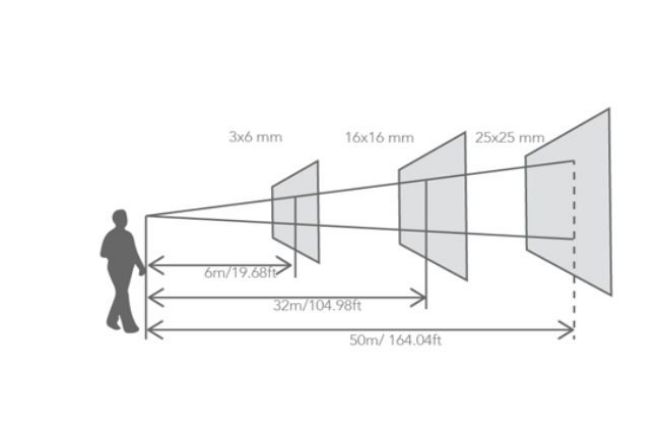
First of all, we must understand that the visible distance of an LED display is mainly related to two factors: pixel pitch and viewer needs.
1). Pixel pitch
Pixel pitch, in simple terms, is the distance between two adjacent pixels (that is, light points) on the display.
The smaller this distance, the higher the resolution of the display and the clearer the picture. However, a small pixel pitch also means that when watching at a closer distance, pixel particles may be seen, affecting the perception.
2). Visual distance
The visual distance is the distance range at which the viewer can clearly see the picture on the display. This range will be affected by the pixel pitch.
- Closer visual distance:
If you stand too close, you may see pixel particles, which will affect the fineness of the picture. This distance can be roughly estimated to be several times more than ten times the pixel pitch, depending on the individual’s requirements for the fineness of the picture.
- Optimal visual distance:
At this distance, the viewer can see a clear and delicate picture. This distance usually ranges from dozens to hundreds of times the pixel pitch and is also the best viewing distance recommended by designers.
- Farther visual distance:
Although the distance is far, the screen can still maintain a certain degree of clarity. This distance can be estimated based on the height of the screen and the viewing environment, such as by multiplying the screen height by a multiple (such as 30 times), but this multiple is not absolute; it is just a rough estimate.
For example
Suppose you have a P10 LED display with a pixel pitch of 10 mm.
Closer visual distance: You may need to stand a few meters away from the screen to avoid seeing obvious pixel particles.
Optimal viewing distance: If you stand at a distance of several tens of meters, you will see a clear and delicate picture. This distance is the position that designers believe can best reflect the display effect.
Farther viewing distance: If you stand at a distance of several hundred meters, although the picture will become relatively small, you can still see a relatively clear picture in a good viewing environment.
Of course, these distances are all estimates, and the actual viewing distance will also be affected by many factors, such as ambient light, display brightness, and viewer vision.
Therefore, when designing an LED display, it is necessary to comprehensively consider various factors to determine the optimal viewing distance range.
4. LED display power calculation formula
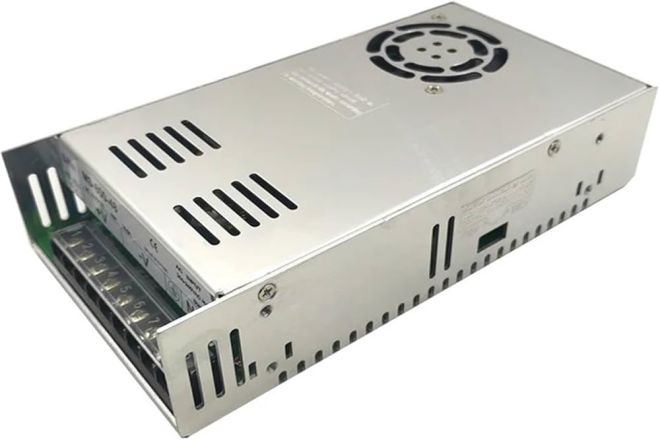
1). For LED display, the power calculation is usually based on the formula of inductive load:
P = UIcosф
Where:
- P represents power (watt, W)
- U represents voltage (volt, V)
- I represent current (ampere, A)
cosф represents the power factor, which is usually 0.8 for LED display (this is an empirical value; the actual value may vary depending on the specific product)
However, since the LED display is used through switching power supply transformation and each pixel is composed of multiple LED lights, these factors need to be considered in the actual calculation.
2). Detailed calculation steps
2.1). Determine the display screen specifications:
Dot spacing: such as 10mm
Dot density: such as 10000 dots/square meter
Number of LED lights for each dot (pixel): such as 1 red, 1 green, 1 blue, a total of 3
Scanning method: such as 1/4 scan
2.2). Calculate the power of the display screen per square meter:
Assume that the driving voltage is 5V and the driving current is less than 20mA (usually 0.02A is taken for calculation)
Power per square meter = dot density × number of LED lights/dot × driving voltage × driving current × scanning method coefficient
For example: P = 10000 dots/square meter × 3 pieces/dot × 5V × 0.02A × 1/4 = 750W
2.3). Calculate the power of the entire screen:
Power of the entire screen = power per square meter × display screen area
For example: for a display screen of 100 square meters, P = 750W × 100 = 75KW
2.4). Consider the power consumption of auxiliary equipment:
Auxiliary equipment (such as air conditioners, fans, lighting, power amplifiers, etc.) will also generate a certain amount of power consumption. This part of the power consumption needs to be calculated according to the actual situation and added to the power consumption of the entire screen.
2.5). Calculate the total current:
Total current = entire screen power / (voltage × power factor)
For example: I = 75KW / (220V × 0.8) = about 424A (Note: The voltage here is 220V as an example, the actual voltage may vary depending on the power supply situation)
5. LED display brightness calculation formula
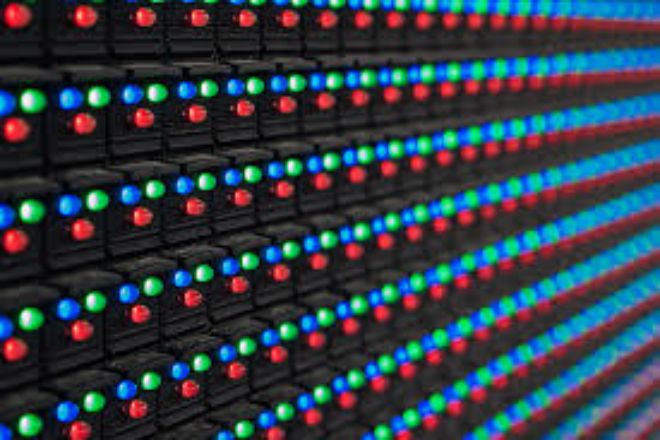
Brightness (cd/m²) ≈ (single LED brightness × number of LEDs) / display area
But it should be noted that this formula is a highly simplified representation. In fact, the brightness calculation of LED displays involves more complex factors, such as color matching, pixel density, drive current, system loss, etc.
Detailed explanation
- The brightness of a single LED lamp:
This refers to the light intensity that an LED lamp can emit under specific conditions, and the unit is usually candela (cd). The brightness of LED lamps of different colors and models may be different.
- A number of LED lights:
This refers to the total number of all LED lights on the display. It depends on the area of the display, the pixel density, and the number of LED lights contained in each pixel.
- Display area:
This refers to the actual area of the display, usually in square meters (m²).
- Color ratio:
In a full-color LED display, red, green, and blue LED lights are combined in a certain ratio to produce rich colors. This ratio affects the brightness and color performance of the entire screen.
- Pixel density:
It indicates how many pixels (i.e., the combination of LED lights) there are per unit area. The higher the pixel density, the more LED lights there are per unit area, and the higher the brightness will be, in theory.
- Other factors:
In addition to the above factors, the brightness of the LED display may also be affected by factors such as driving current, system loss, and ambient temperature.
Conclusion
With the continuous advancement of LED technology and the continuous expansion of application fields, these calculation formulas will continue to play an important role in promoting the continuous development and innovation of the LED display industry.
In the future, we have reason to believe that by continuously optimizing and improving these calculation formulas, LED displays will show their unique charm and value in more fields, bringing more convenience and surprises to people’s lives.
Finally, if you want to know more about LED displays, please get in touch with us.
